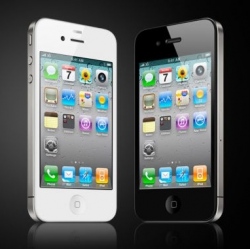
Made to fit inside a commonly used intraocular lens prosthetic, and implanted through simple surgery such as for cataracts which many glaucoma patients already receive, the device measures the pressure of the fluid within the eye. A smart phone app or a wearable device such as Google Glass allows the wearer to take “snapshots” of the device that reports back the pressure.
The lens device holds a tiny tube, capped at one end and opened on the other, filled with gas. As the fluid pressure pushes against the gas, a marked scale permits reading of the intraocular pressure. The implant does not interfere with vision, as proven in an Air Force-approved vision test, and in one reported study the implant was responsible for changes to treatment for glaucoma in nearly 80 percent of the wearers.
Nearly 2.2 million Americans battle the eye disease glaucoma. Patients endure weekly visits to the ophthalmologist to have the disease monitored and treated. The disease is characterized by increasing pressure inside the eye, which results in a continuous loss of a specific type of retinal cell accompanied by degradation of the optic nerve fiber. The mechanism that links pressure to damage is not clear but there is correlation between the intensity of pressure readings and level of damage.
